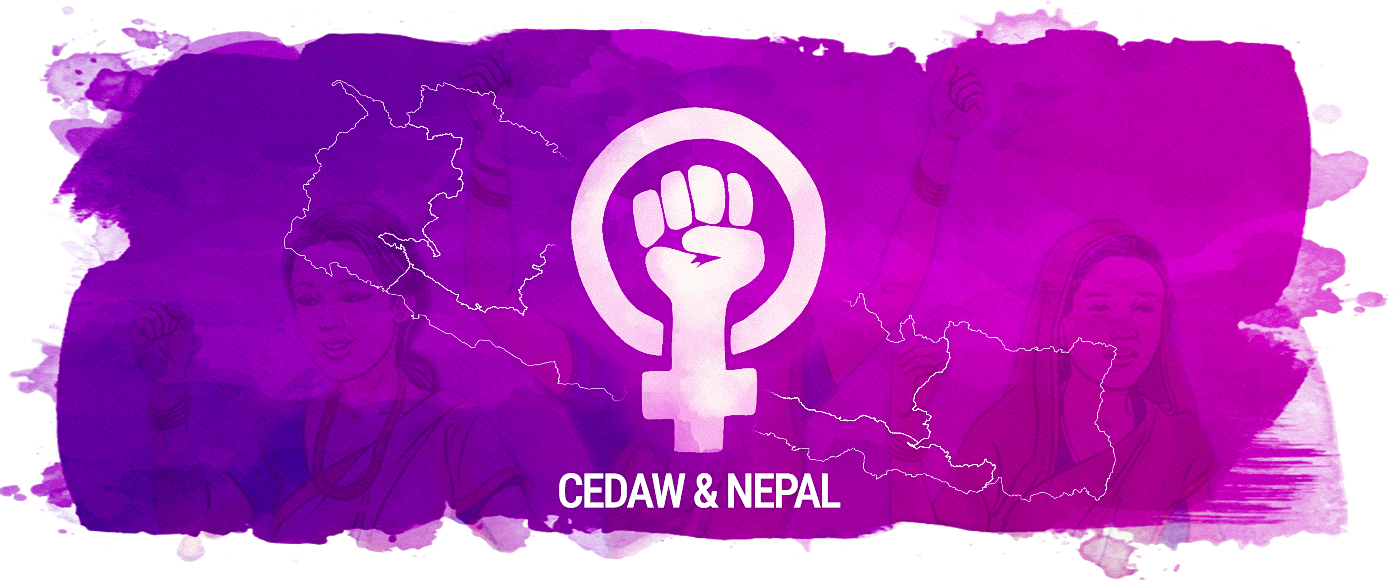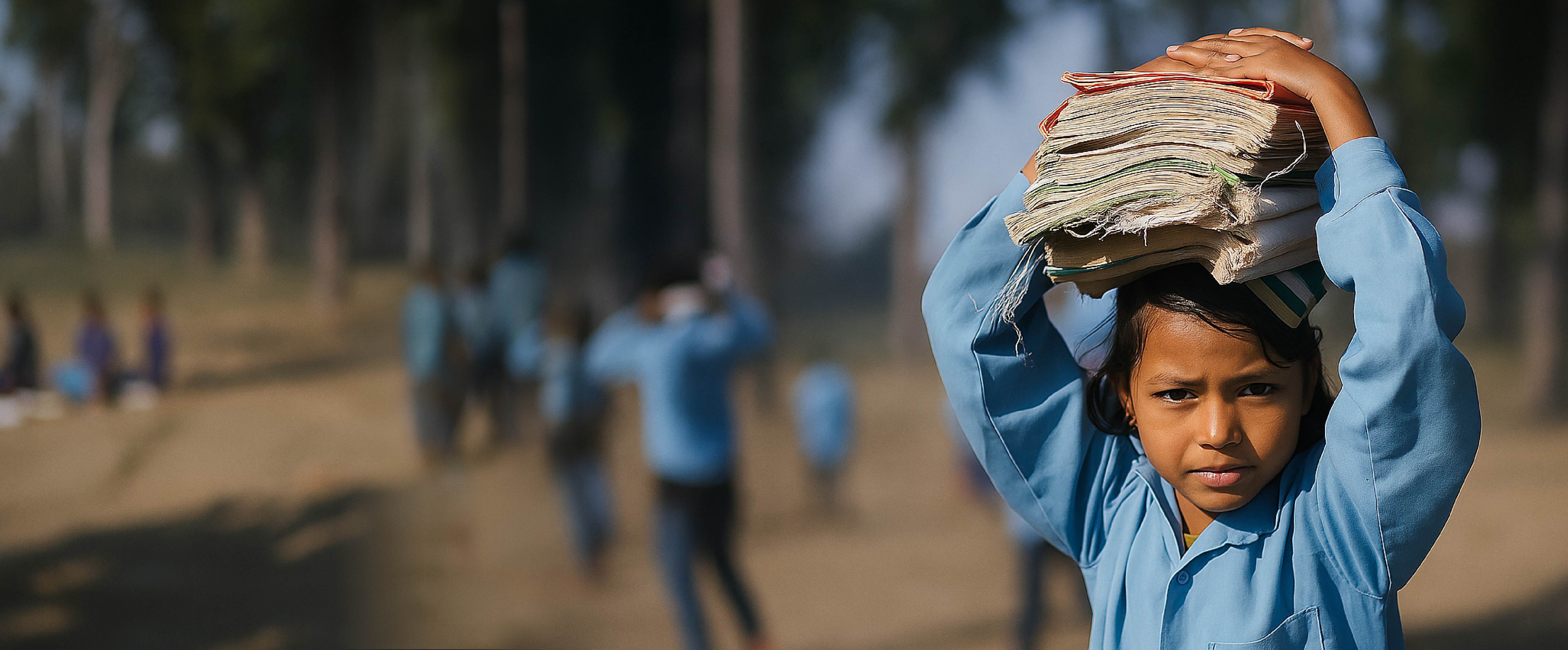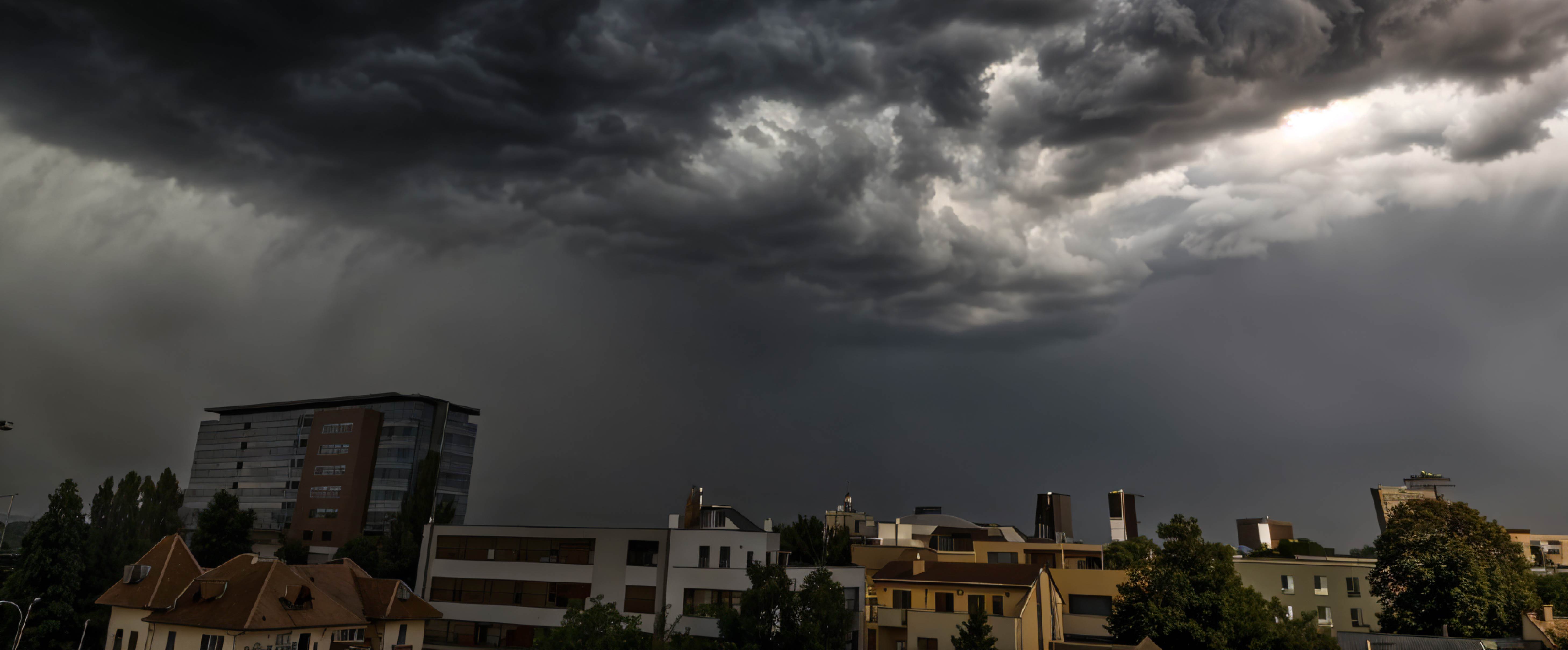Introduction
The Convention on the Elimination of All Forms of Discrimination Against Women (CEDAW), often referred to as the “Women’s Bill of Rights,” remains a landmark international treaty dedicated to safeguarding women's rights. Adopted by the United Nations General Assembly through Resolution 34/180 and entering into force in September 1981, it outlines a comprehensive framework to eliminate gender-based discrimination. Nepal ratified the treaty without reservation on 22 April 1991, signaling its unequivocal commitment to gender equality. In accordance with Article 18 of the Convention, Nepal has submitted regular periodic reports to the CEDAW Committee every four years, with the most recent (7th report) submitted in 2022. An assessment of five key thematic areas encompassing rescue and rehabilitation of trafficked women and girls, women's participation in political processes, access to free healthcare services, economic empowerment through social security, and engagement in foreign employment offers a nuanced picture of the present situation and the persistent challenges that require urgent attention.
Rescue and Rehabilitation of trafficked women and girls
In line with Article 6 of CEDAW, the Government of Nepal (GoN) ratified the United Nations Protocol to Prevent, Suppress and Punish Trafficking in Persons, Especially Women and Children. To operationalize this commitment, the government runs ten rehabilitation centers aimed at supporting women and adolescent girls who are either at risk or survivors of trafficking and gender-based violence. However, despite these institutional measures, data trends raise pressing concerns about their effectiveness.
The number of rescues has declined sharply over recent years. From 1,677 rescues in FY 2018/19, the figure dropped to just 557 in FY 2021/22. A similar decline is noted in the number of girl children rescued from vulnerable child homes—from 192 in 2018/19 to 66 in 2021/22. These patterns may indicate not only shrinking intervention capacity but also potentially increasing gaps in surveillance, outreach, or systemic follow-up, challenging Nepal’s ability to safeguard vulnerable populations in accordance with CEDAW mandates.
Figure 1 Rescue and Rehabilitation services provided to women and adolescent girls who were at risk of human trafficking and prostitution
Source: Ministry of Women, Children and Senior Citizens
Figure 2 Number of girl children rescued from child homes that were at risk of human trafficking and prostitution
Source: Ministry of Women, Children and Senior Citizens
Women Participation in National/Provincial Parliament
Articles 7 and 8 of the CEDAW obligates State Parties to ensure the full and equal participation of women in political and public life, including at the national and international levels. In line with these commitments, an analysis of women’s participation in Nepal’s national and provincial parliaments in 2017 and 2022 reveals mixed progress. In the House of Representatives, the representation of women saw a modest increase of 1.1%, while the Provincial Assemblies experienced a slightly more notable rise of 2.6%.
Conversely, the representation of women in the National Assembly declined from 37.29% in 2017 to 32.2% in 2022, marking a negative shift of 13.6%. This regression highlights the ongoing challenges in achieving gender parity in political representation.
Table 1 Women's Participation in Parliament
|
Position |
2017 |
2022 |
Change |
|||
|
Number |
Percent |
Number |
Percent |
Number |
Percent |
|
|
House of Representatives |
91 |
33.09 |
92 |
33.5 |
1 |
1.1 |
|
National Assembly |
22 |
37.29 |
19 |
32.2 |
-3 |
-13.6 |
|
Provincial Assembly |
195 |
35.45 |
200 |
36.36 |
5 |
2.6 |
Source: Election Commission, Nepal
Free Health Services Amongst Women and Children
In accordance with Article 12 of the CEDAW, State Parties are required to take appropriate measures to eliminate discrimination against women in the field of healthcare. This includes ensuring access to appropriate services related to pregnancy, the provision of free healthcare services where necessary, and the guarantee of adequate nutrition.
To this end, the Government of Nepal has introduced and expanded various nutrition programs targeting women and children, with the objective of addressing malnutrition and promoting better health outcomes. However, it is important to note that these programs have not yet achieved full coverage across all 77 districts of the country. While there has been a marginal increase in coverage between fiscal years 2019/20 and 2020/21, the progress remains limited and falls short of the comprehensive reach required to ensure equitable access.
Table 2 Nutrition Programmes to Address Malnutrition Amongst Women and Children
|
S.N |
Programmes |
Coverage (Districts) 2019/20 |
Coverage (Districts) 2020/21 |
|
1. |
Integrated Infant and Young Child Feeding and Multiple Micronutrient Powder (Balvita) Community Promotion Program |
45 |
52 |
|
2. |
Integrated Management of Acute Malnutrition (IMAM) Programme |
36 |
56 |
|
3. |
Comprehensive Nutrition Specific Interventions (CNSI) Programme |
28 |
52 |
|
4. |
Maternal and Child Health and Nutrition (MCHN) Programme |
6 |
6 |
|
5. |
Maternal Baby Friendly Hospital Initiative (MBFHI) |
5 |
10 |
Source: Department of Health Services, Annual Report
Female Recipients of Social Security Benefits
Article 13 of the CEDAW calls for the elimination of discrimination against women in all areas of economic and social life. In line with this commitment, Nepal has undertaken various initiatives to enhance women’s economic empowerment, including the provision of concessional loans for women entrepreneurs and the extension of social security benefits.
Out of a total of 144,620 entrepreneurs who received loans during this period, 82,197 were female entrepreneurs, accounting for 56.84% of the total beneficiaries. This indicates a relatively strong participation of women in terms of access to credit facilities. However, the distribution of the loan amount tells a different story. Of the total NPR 21.57 billion (10 million units) disbursed, women entrepreneurs received only NPR 7.42 billion, which constitutes 34.38% of the total loan volume. While the high percentage of female participation is encouraging, the relatively lower share of total financing points to potential barriers in accessing larger-scale financial support.
Table 3 Amount of Concessional Women Entrepreneur Loan
|
Loan Category |
Number of Female Entrepreneurs |
Loan Amount (in 10 million) |
|
2021/22 (8 months) |
2021/22 (8 months) |
|
|
Women Entrepreneurship Loan |
82,197 |
7,417.3 |
|
Total Number |
144,620 |
21,576.3 |
|
% of women |
56.84 |
34.38 |
Source: Department of National Identity Card and Vital Registration, 2078
Women in Foreign Employment
Article 11 of the CEDAW stipulates that states are to take appropriate measures to eliminate discrimination against women in the field of employment. This is enacted in the national laws of Nepal as well: Section 6 of the Labor Act, 2017 and Section 38 of the Foreign Employment Act, 2007. Despite these legal commitments, the participation of women in foreign employment remains notably low. In the fiscal year 2020/21, women accounted for only 288,441 of the total 5,252,439 individuals engaged in foreign employment which is merely 5.5%. The following year, in 2021/22, this number rose to 316,412, which represented a slight increase to 5.6% of the total 5,665,226 foreign workers. While this growth of nearly 28,000 women suggests some progress, it remains modest in light of the overwhelming male dominance in this sector where men still constituted 94.4% of the total foreign workforce in 2021/22. This disparity suggests that women continue to face systemic and structural barriers despite the protective legal framework in place.
Table 4 Number of Women in Foreign Employment
|
Fiscal Year |
2020/21 |
2021/22 |
||
|
Number |
% |
Number |
% |
|
|
Women |
288,441 |
5.5 |
316,412 |
5.6 |
|
Men |
4,963,998 |
94.5 |
5,348,814 |
94.4 |
|
Total |
5,252,439 |
100 |
5,665,226 |
100 |
Source: Ministry of Labor, Employment and Social Security
Conclusion
To fully realize the goals of CEDAW and achieve substantive gender equality in Nepal, it is imperative to move beyond a centralized, generalized approach. Introducing a robust, disaggregated reporting mechanism across all three tiers of government will enable more accurate assessments and informed interventions. Aligning budgetary allocations with implementation performance can further strengthen accountability and incentivize progress. Moreover, the meaningful inclusion of the private sector as an active partner will broaden the scope and sustainability of gender equality efforts. These strategic shifts are essential to ensuring that Nepal’s commitments under CEDAW translate into tangible, inclusive, and lasting change for women across the country.









